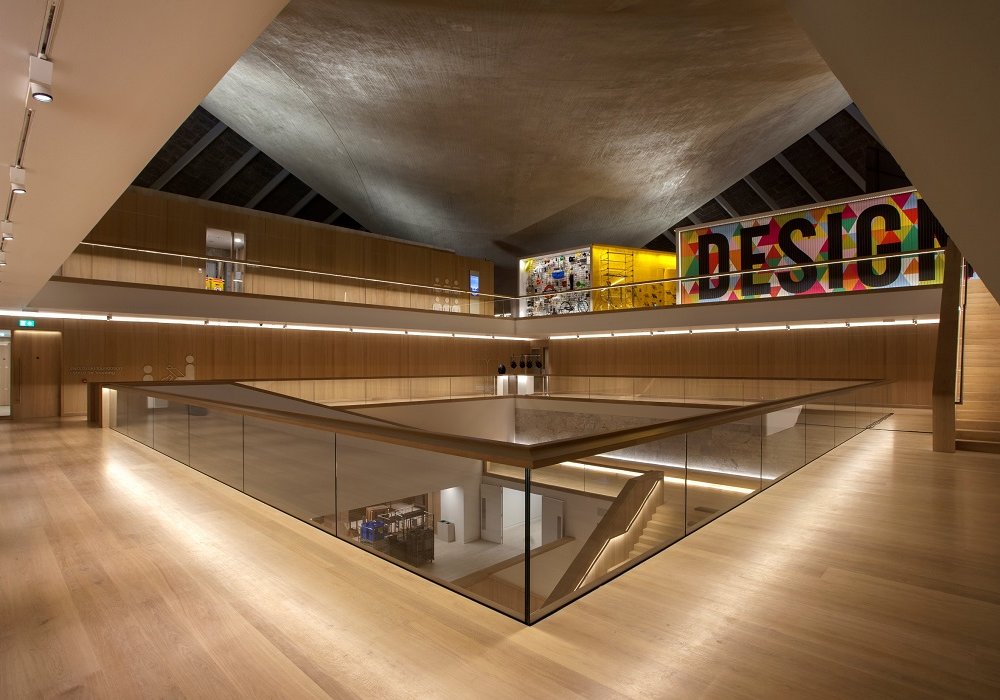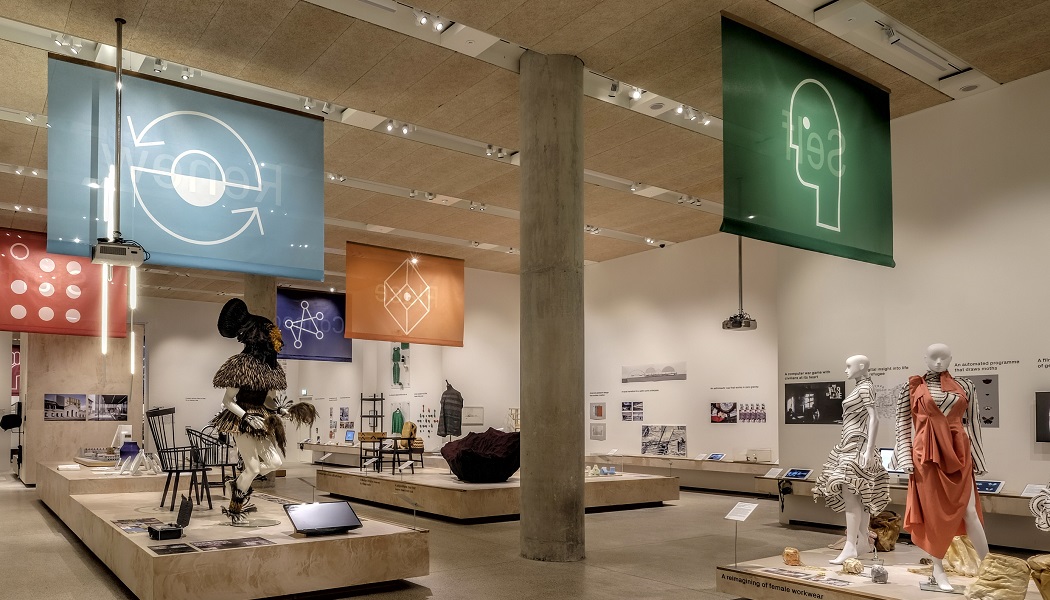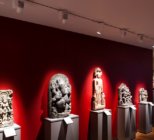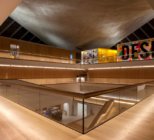What are the primary benefits for museums when choosing Concord Lighting as their solutions provider?
Concord is the architectural lighting brand from Sylvania and has been developing award winning museum and gallery lighting for over 50 years and growing its offering over recent years to not only offer the latest product designs in terms of appearance but also in terms of the technology we can make available.
As a lighting manufacturer, Sylvania and its brand Concord has a wide range of lighting solutions that suit a variety of spaces and needs. It makes it easier and simpler for customers to specify and install products across an entire space and building.
Can you tell us about some specific projects which highlight this?
When we worked with the Design Museum on the move to its new home in 2016, they wanted to work with one lighting supplier that could deliver the whole scheme. We worked with project team to refine the specification and ensure all the lighting their initial ideas and goals.
Designed by lighting consultants ChapmanBDSP and installed with LJJ Mechanical & Electrical Contractors, Concord provided over 2,500 luminaires to light the 10,000m² space. The Design Museum houses one permanent collection, two temporary exhibition spaces, 400m² of learning spaces along with two shops, one cafe, one restaurant, a member’s lounge, a 200-seat auditorium and an event space for launches and events.

What variables and limitations should museums take into account when choosing which varieties of lighting are best suited for any given exhibition?
Customisation of a lighting scheme should be an important consideration. Museum exhibitions and displays can change quite regularly and being able to quickly and easily adapt the lighting scheme to suit the new requirement is vital. The combination of tuneable colour temperature and an adjustable beam angle in one luminaire can not only create numerous effects for a museum space but also provide a simple way to adjust the lighting.
The Concord Beacon Muse Tune, for example, has a manual focusing ring allows the user to customise the beam angle from a tight 10º spot to a 40º flood, providing complete flexibility in how the light is emitted and making it perfect for highlighting displays and exhibits. The luminaire also allows multiple ‘warm’ or ‘cool’ lighting techniques to be easily achieved, the colour tuning functionality allows colour temperature selection from a cool 4,300K to a warm 2,100K to tailor the lit effect to match the exact requirements of any exhibition or gallery display space.
What do you consider to be some of the lighting challenges specific to museums and heritage sites?
When you are creating a lighting design for a museum you need to carefully consider the displays and whether you are installing spotlights to highlight particular exhibits or artwork, washing a wall with light or illuminating a wide-open space such as an atrium. There are also a number of different areas within museums. There will be the galleries, corridors, restaurants, bookshops, even meeting rooms and auditoriums. Each space will require different lighting solutions offering different benefits to the occupant and building.
Additionally, when you are lighting museum and gallery spaces it is often a refurbishment project. That means there are time constraints on how long the space can be closed, as well as working with existing lighting schemes that need to be updated or completely changed.
With museum budgets having been stretched to the limit by budget cuts over the past decade, how can lighting choices make operations more intelligent and efficient?
There’s also added benefits of new technology and that’s the ability to introduce smart, intelligent, sophisticated but easy to use and install control systems. By utilising controls, museums and galleries can ensure the lighting is turned off when spaces are unoccupied and even set unique scenes to create the right ambience. The latest controls can also be integrated into the luminaire meaning no extra cabling or installation is required. This saves time, money and more importantly energy throughout the lighting system’s lifespan. The control systems are very easy to use from a tablet-based app, wall switches for scene setting or automatic sensor technology; providing light only where and when it is required.
For instance, Concord by Sylvania has created SylSmart Standalone Scene control system to deliver smarter lighting for museum, galleries and heritage buildings. A flexible and future-proof lighting control system, the SylSmart Standalone Scene enables customers to wirelessly control their luminaires and tailor their lighting surroundings. An intuitive app provides quick and easy programming and the ability to easily adapt the lighting setup to change layouts, as well as configure and activate tailored nightscapes at the touch of a button. Contrast, colour, warmth and tone can also be modified, providing users with a unique ambience.
What impact can lighting have on pieces of art or displays?
The major task for any light source chosen for a museum or gallery is to render colours accurately. This is essential if artefacts are to be displayed in as close to their original state as possible so that texture, colour and shape – whether of historic artefacts, paintings, fabrics or sculptures – can be fully appreciated.
Paintings, textiles, leather, photographs, books and paper, or mounted specimens can be damaged by light itself and light damage is cumulative and irreversible, so museums must take special care to avoid unnecessary light damage. The spectrum of light is separated into three categories: ultraviolet light (UV), visible light, and infrared light (IR). Ultraviolet light is most damaging to objects, while infrared light produces heat which also causes damage. LED technology does not create IR & UV light and is therefore ideal for sensitive environments such as galleries and museums.









